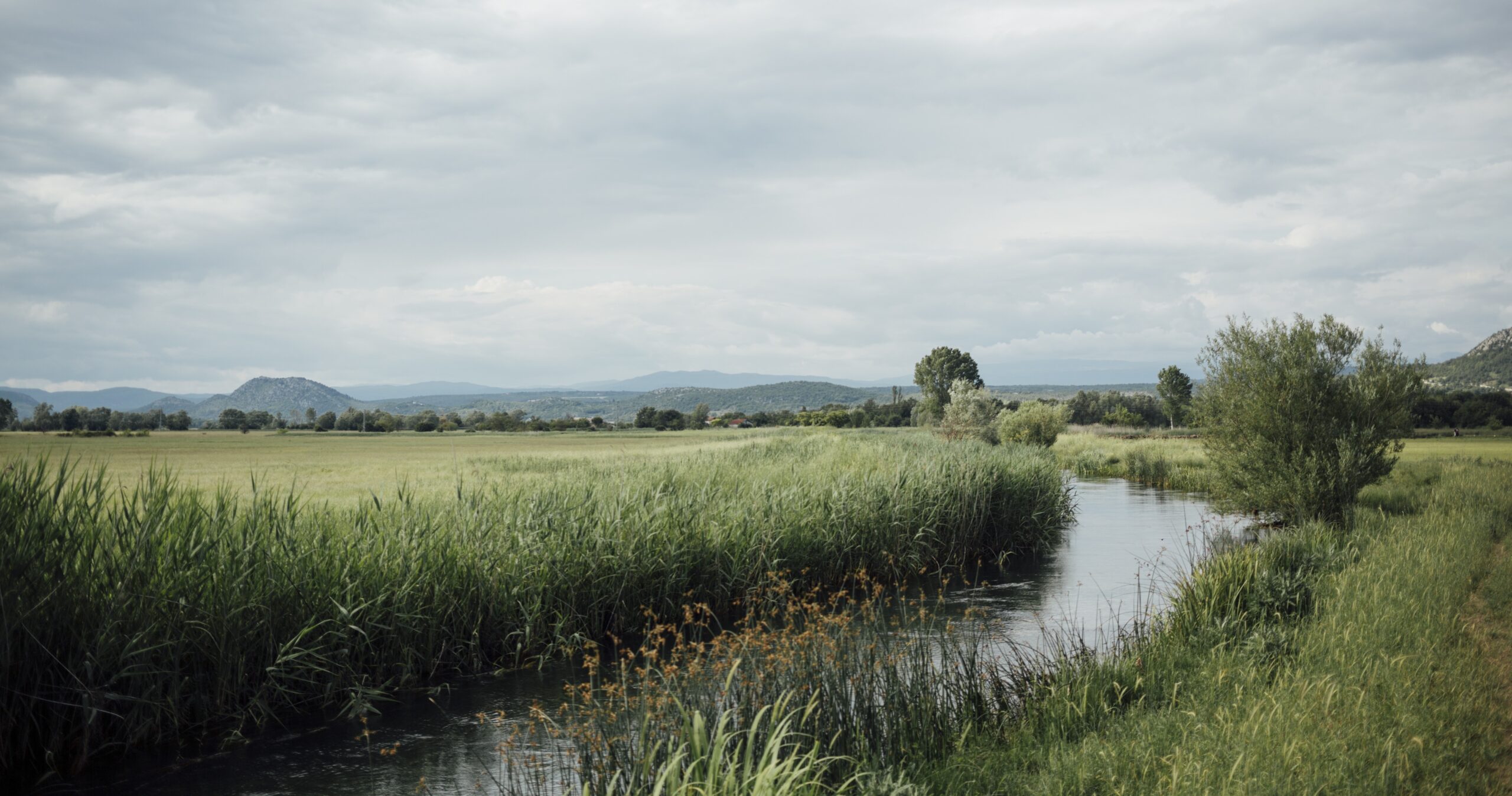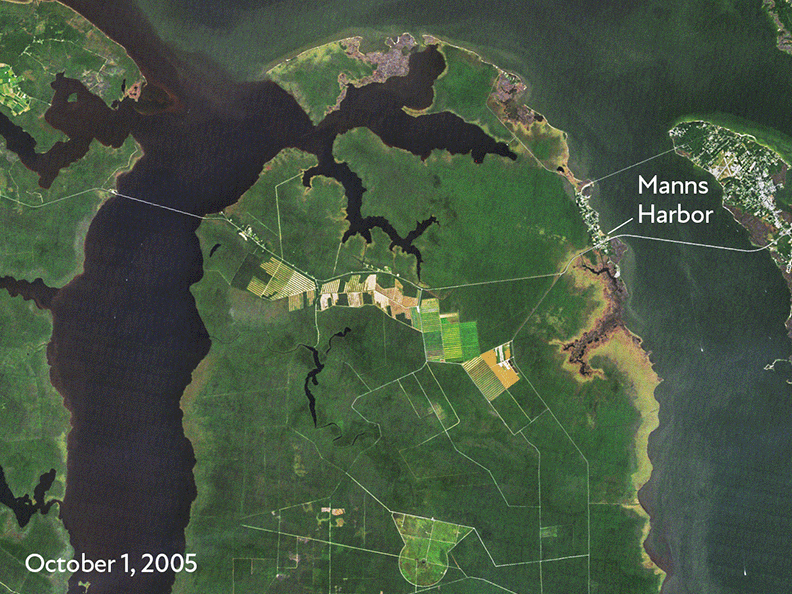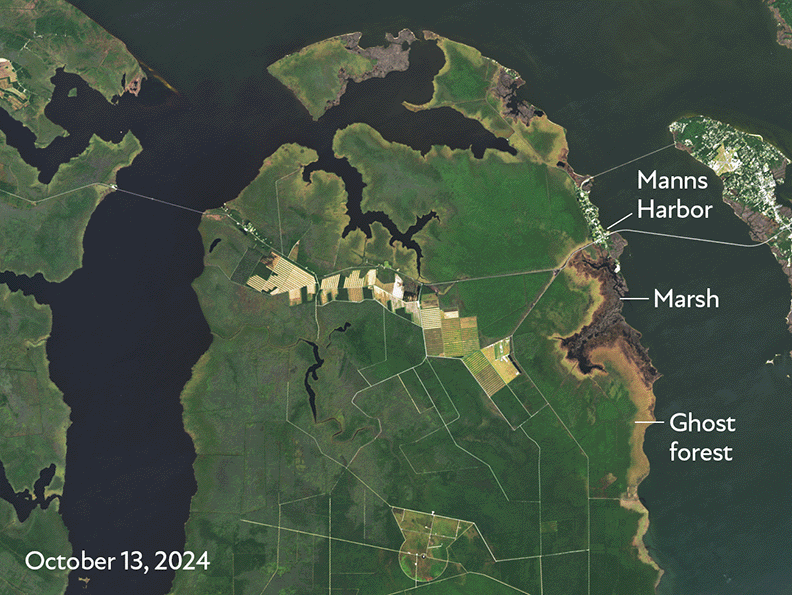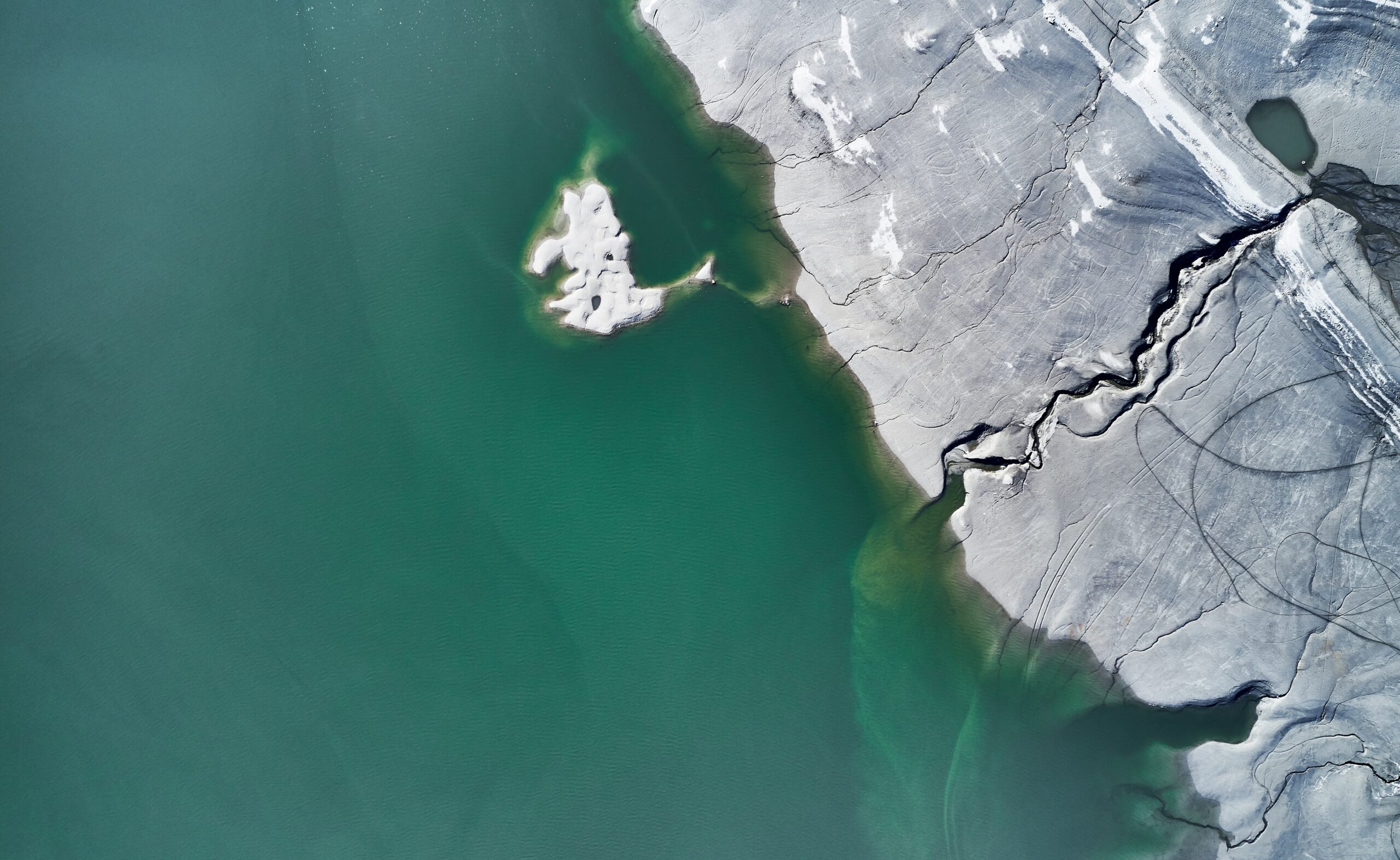Ghost Forests are Growing as Sea Levels Rise
By Jude Coleman
The Emergence of Ghost Forests
Along the Chesapeake Bay on the United States’ mid-Atlantic coast, clusters of bare tree trunks—like giant bones rising from the earth—mark the spread of ghost forests. It refers to the haunting remains of once-thriving cedar and pine. Since the late 19th century, these trees have steadily died along the coast and never grown back.
These tree graveyards are appearing where land slopes meet the ocean and saltwater increasingly intrudes. Along the U.S. East Coast, parts of the West Coast and beyond, rising soil salinity has killed hundreds of thousands of acres of trees, leaving behind skeletal trunks amid expanding marsh.
What comes next for ghost forests varies. Some will transform into marshes that still offer key benefits like storm protection and carbon storage. Others may be overtaken by invasive species or left barren, losing those ecosystem services entirely. Researchers are studying how this growing shift will impact the overall coastal ecosystems.
Causes of Rising Sea Levels
Many ghost forests result from sea level rise, says coastal ecologist Keryn Gedan, coauthor of an article on salinisation of coastal ecosystems in the 2025 Annual Review of Marine Science. Rising sea levels lead to stronger storm surges and saltwater flooding, while drought and rising sea levels push saltwater away from inland. As the salt builds up, trees become stressed due to the deprivation of fresh water.
The shift from living forest to marsh isn’t necessarily a loss, says Gedan—marshes are vital parts of coastal ecosystems too. This transition has happened before in the past throughout periods of sea level rise. Marcelo Ardón, an ecosystem ecologist and biogeochemist, compares it to forests and marshes “dancing” along the coast.

Transition from Forests to Marshlands
Marshes offer many ecosystem benefits. They support birds, crustaceans and native salt-tolerant plants, offering food, shelter for animals. They also absorb carbon dioxide: through photosynthesis and by trapping carbon sources in their muddy soil. In places like southern Georgia, brackish and salt marshes can even store more carbon than the forests they replace.
Salt marshes protect inland ecosystems from storms, absorbing strong winds and surges, shielding trees beyond. Recent studies also suggest wide marshes help prevent more ghost forests by blocking saltwater from reaching the forest.


On North Carolina’s Albemarle-Pamlico Peninsula, a combination of sea level rise, drought and hurricane saltwater flooding has expanded ghost forests in recent decades A large section near Manns harbor is observable from space, seen here as the brown and tan patches along the right side of the peninsula.
Credit: NASA Earth Observatory Images by Michala Garrison, using Landsat Data from the US Geological Survey
Challenges in Marshlands
However, not all marshes outperform forest’s aptitude in carbon storage. Ardón’s research in North Carolina’s Albemarle-Pamlico Peninsula shows that forests with species like bald cypress, Atlantic white cedar, and a mix of deciduous hardwoods often hold more carbon than the wetlands overtaking them.
Marshes don’t always replace dying forests. When inundation happens too quickly, mudflats form, and both trees and marshes benefits are lost. Invasive species, like Phragmites marsh, can also take over before native salt marsh can establish, disrupting wetland habitats. Forest ecologist Stephanie Stotts, coauthor of the Annual Review of Marine Science article, notes that Phragmites, a fast-spreading reed, isn’t suited for native animals and may harm local wildlife.

The Future of Coastal Shifts
Ghost forests are expanding; since 1985, 11% of forests in the Alligator River National Wildlife Refuge on the Albemarle-Pamlico Peninsula have become marsh, and around 150 square miles around Chesapeake Bay have transitioned since the mid 1800s. To slow the trend, Gedan suggests addressing sea level rise and climate change.
The outcome of these coastal transitions remains uncertain, as it takes decades for trees to die, and we may be “50 years behind” in understanding the full impact of these forests turning into skeletons, says Stotts.


